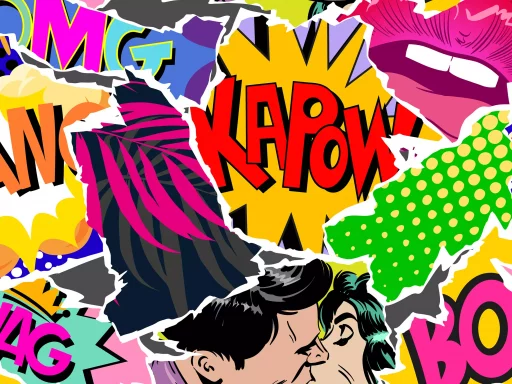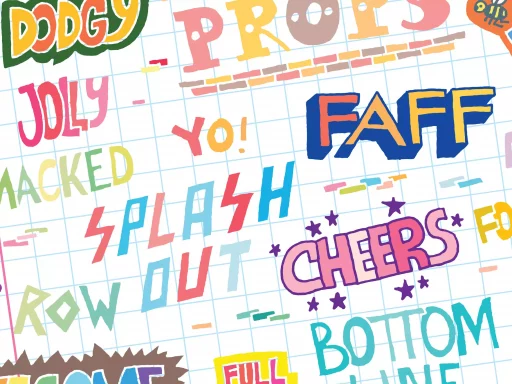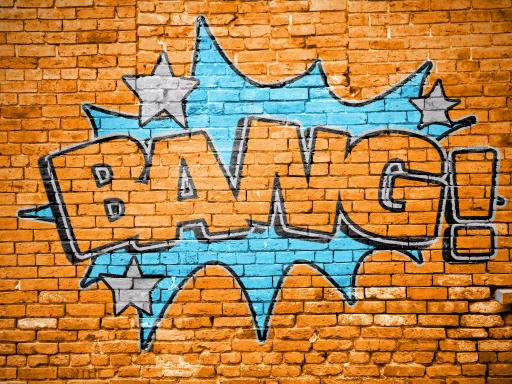What is a Beige Flag?
The term “beige flag” has recently emerged in the digital dating landscape, gaining traction especially on platforms like Urban Dictionary. A beige flag refers to a trait or behavior in a partner that is neither a significant red flag nor a green flag. Instead, it represents characteristics that are largely unremarkable, bland, or that don’t really contribute positively or negatively to the relationship. It’s a neutral indicator—something that makes you pause, think, and possibly raise an eyebrow.
How Beige Flags Differ from Red and Green Flags
To better understand beige flags, it’s essential to differentiate them from other flags in the relationship sphere:
- Green Flags: Positive signs indicating a healthy and fulfilling relationship, such as good communication, kindness, and respect.
- Red Flags: Warning signs or behaviors that could indicate serious issues in a relationship, like dishonesty, disrespect, or abusive tendencies.
- Beige Flags: Ambiguous traits that may not serve either as clear positives or negatives, such as a partner who has a boring hobby or someone who is indifferent about making plans.
Examples of Beige Flags
While beige flags are not inherently bad, they can lead to questions about compatibility and deep connection. Here are some common examples:
- Indifference to Social Activities: A partner who never expresses excitement about outings or gatherings, instead showing a laid-back attitude.
- Generic Hobbies: Someone whose interests are so mainstream that they seem to have little passion—like binge-watching mainstream TV shows without any particular favorites.
- Lack of Ambition: A person who seems content in their job but shows no desire for growth or change.
Understanding Beige Flags in Context
In the context of dating, beige flags can signal areas that may need further exploration to gauge compatibility. For instance, take the case of Sarah and Mike, a couple who met on a dating app. Initially, they connected over their mutual love for coffee and brunch. However, after a few months, Sarah noticed that Mike never seemed particularly passionate about anything else.
Mike had a straightforward job and spent most weekends at home, mentioning he was too tired to engage in extra activities. Sarah began to feel uncertain about their future together, noting that she craved more excitement and shared passions. This doesn’t mean Mike is a bad person—just that his beige flags caused Sarah to reconsider their long-term compatibility.
Statistics on Dating Trends and Beige Flags
A recent survey conducted by a dating app revealed interesting insights into user perceptions of beige flags and their impacts:
- 45% of respondents recognized at least one beige flag in their current relationship.
- 60% reported that they had considered breaking up over a beige flag.
- 70% believed that understanding beige flags early on could help clarify relationship goals.
Are Beige Flags Deal-breakers?
The ultimate question arises: Do beige flags serve as potential deal-breakers? The answer is nuanced. Beige flags don’t necessarily indicate an unhealthy relationship but may highlight areas worth discussing. Engaging in open conversations about personal interests, future aspirations, and emotional needs can help partners understand whether these flags are mere quirks or indicators of deeper incompatibility.
Conclusion: Navigating Beige Flags in Relationships
Beige flags, while seemingly neutral, can be pivotal in evaluating relationship dynamics. Recognizing and discussing these traits can lead to deeper understanding and stronger connections—or point to fundamental differences that need addressing. Whether you’re in a dating phase or a long-term relationship, being aware of beige flags could help you navigate the often murky waters of romantic interactions.
In today’s dating culture, where the spectrum of relationship dynamics is ever-evolving, keeping an eye out for beige flags can enrich the dating experience and guide individuals towards more fulfilling connections.






